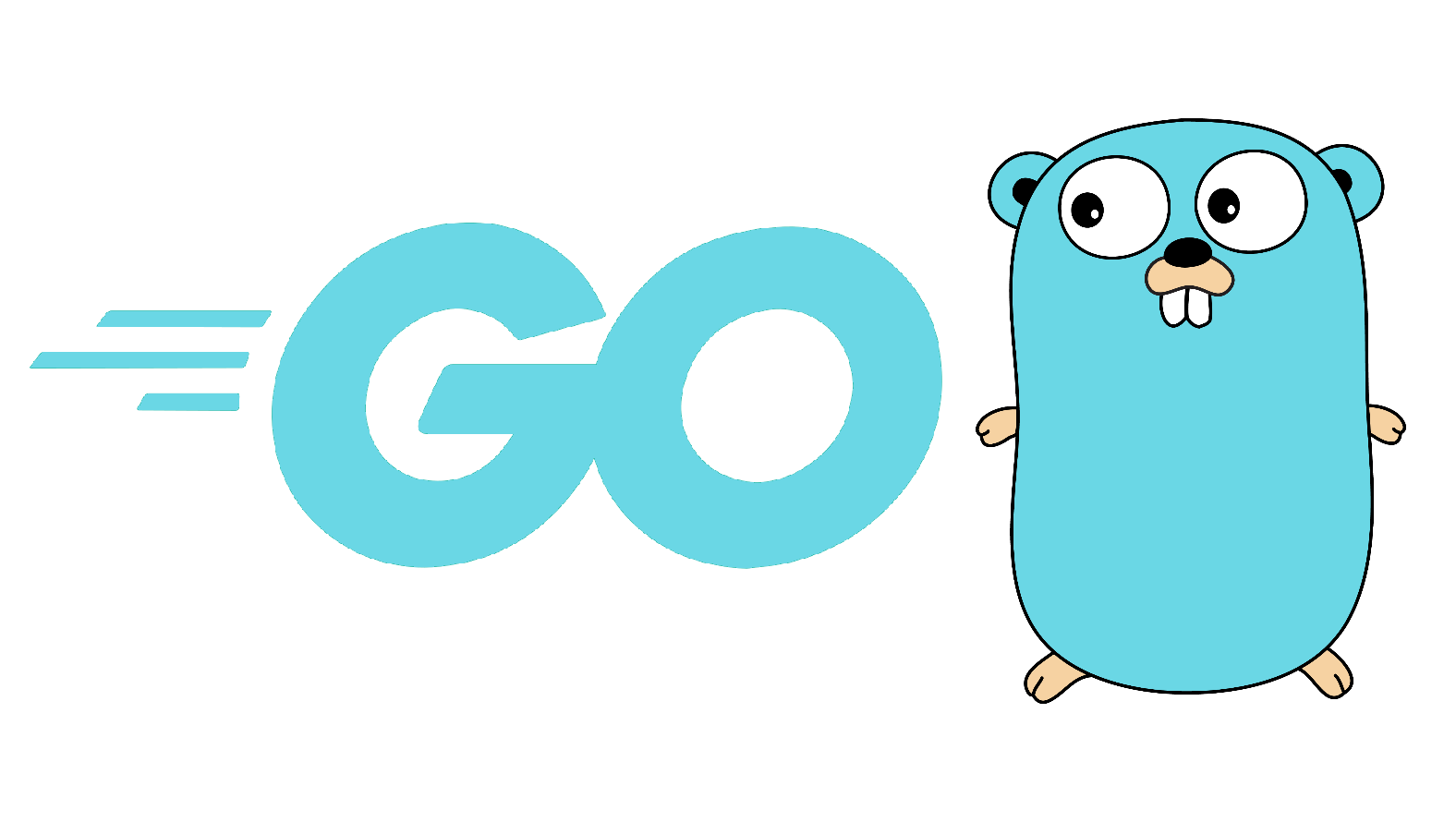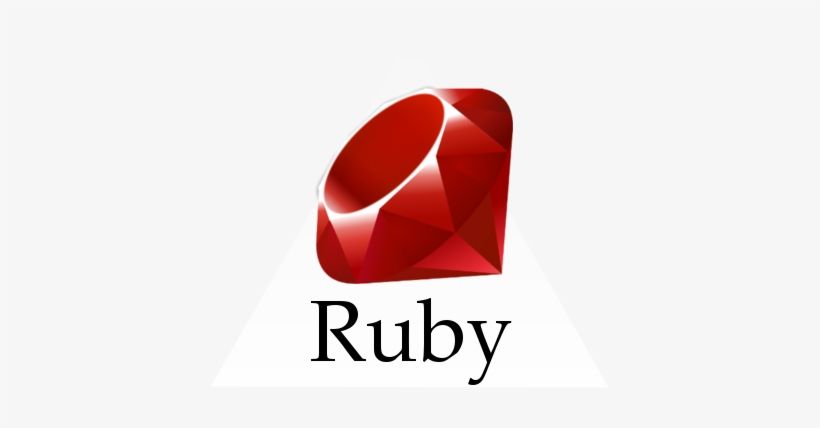I believe in many of my articles I describe exactly what open-source software is. Let's clarify that again, what is open-source software? Open-Source software is simply source code that anyone can access, modify, or improve on to satisfy their specific needs. There is a wide broad community of software engineers or should I say open-source software engineers that contribute to open-source software globally. So if you're an open-source developer and looking to learn a new programming language the open-source way? Here's a list of opensource programming languages that might appeal to you:
1. GoLang
Go also known as GoLang is an open-source programming language developed by Google that makes it easy to build reliable and efficient software. It has gained popularity over the years as one of the most robust and popular backend programming languages, especially for the development of distributed systems and microservices.

2. Rust
Rust is a statically-typed open-source system programming language created at Mozilla Resources aimed at performance and safety, particularly safe concurrency and memory management. Its syntax is similar to that of C++. Memory errors and concurrent computing are issues that Rust addresses that C/C++ programmers have long struggled with.

3. Typescript
Typescript is an open-source programming language developed by Microsoft. It adds optional types to JavaScript that support tools for large-scale JavaScript applications for any browser, or host, on OS. More so, it has the potential to be utilized in open-source projects as both a front-end and back-end programming language. Here is a list of awesome github repositories that can get you started with Typescript.

4. Python
Python is still one of the most popular open-source programming languages if not the most popular programming language next to Javascript. It is utilized in many projects globally in the disciplines of AI, Machine Learning, Automation, Web Applications, and Data Science. Utilized by many famous websites such as Quora, YouTube, Instagram, and Pinterest and many computational applications such as FreeCAD and Abacus.

5. Ruby
Ruby was developed in the 1990s and has gained popularity in recent decades. It is an object-oriented, dynamic, interpreted language. Surprisingly, it has a lot in common with Python. Ruby on Rails framework powers plenty of online applications. Developers praise the Ruby programming language for being a simple language to learn and for the short amount of time, it takes to master. These characteristics have resulted in a strong community of Ruby developers and increased interest in the language among new developers.

Conclusion
In conclusion, this list summarizes Opensource programming languages in high demand for the future. If you enjoyed this article consider signing up for our newsletter and don't forget to share it with people that would find it useful. Leave a comment below with a tutorial you would like us to cover.

